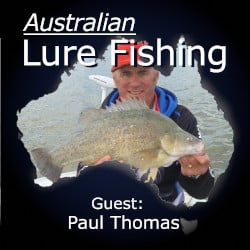

Paul Thomas
Sponsored Angler & Fishing Reporter
Paul has been passionate about fishing Victoria’s inland waterways for many years. He’s a sponsored angler who has fished a number of tournaments and has written fishing reports for Victorian Fishing Monthly.
Paul’s Top Tips For Eildon Yellowbelly
- Don’t fall into the common trap of only fishing around the edges of the lake. Yellowbelly are often associated with submerged trees in deeper water, although they are often found to be suspending among branches only a few metres beneath the surface in these situations.
- As in other storages, Lake Eildon yellowbelly tend to be schooling fish. If you catch one fish from a tree or other piece of structure, don’t move continue to put in casts and you’ll probably catch more fish. Likewise, if you take a fish while trolling don;t continue to troll away from the school, do some laps and work the area over for more fish.
- The areas north of the wall tend to fish better for yellowbelly during the spring months. Look for groups of standing timber, rocky pints or banks and exposed banks where the water gets warmed by direct sun. Use your sounder to locate concentrations of fish on standing timber. When the water levels are rising it can be productive to fish the grassy banks.
- A rising water temperature helps with getting yellowbelly on the bite, once the water temperature reaches 18C the fishing usually starts to improve. In contrast to cod fishing, best yellowbelly fishing tends to coincide with a rising barometer.
Paul’s Preferred Yellowbelly Tackle
- Paul takes two spin rods and two baitcast rods with him when he’s on a yellowbelly mission.
- His spin outfits consist of 6’6″ to 6’8″ rods rated at 4-8lb and 6-10lb. He uses these in open water and couples the lighter one with 10lb braided line and a 12 – 15lb fluorocarbon leader. The heavier one he couples with a slightly heavier line and leader.
- Paul does a similar thing with his baitcast gear, having a lighter outfit for flicking light lures and heavier one when extra grunt is required. Lines are no heavier than 20lb and a 20lb fluorocarbon leader gives a little insurance in the event a cod eats a lure internded for yellowbelly.
Paul’s Best Yellowbelly Fishing Lures
- A lipless crankbait is a great option and Paul’s favourite is the Daiwa Pro Vibe in natural colours such as AU or clear ghost. He’d cast these on a baitcast outfit and run the lure through the branches of standing trees. He’ll switch out the trebles for singles or assist hooks if he finds he’s having trouble with snagging. The lure is cast around the outside of the tree or through gaps in the branches and counted down to the depth the fish are holding. It’s then worked back through the structure, with fish typically taking the lure just as it leaves the tree.
- A 65mm Zerek Fish Trap in natural colours such as redfin or tiger pattern are good. Once you’ve found the fish, cast the lure and let it sink to the bottom then hop it back along the bottom using gentle rod lifts, just enough to get the lure working before allowing it to sink again. Continue until the boat is under the boat, then start again.
- Size two Stumpjumpers or a Custom Crafted Extractors are both around 65mm and are excellent choices for Lake Eildon yellowbelly. These work well along gently sloping banks where they can be worked down and don’t need to dive too fast. They are also effective around fallen timber or the bases of standing trees in relatively shallow water. Paul prefers to slow roll these lure at constant speed and finds that yellowbelly will often hit the lures a few times before hooking up.
Episode Sponsors
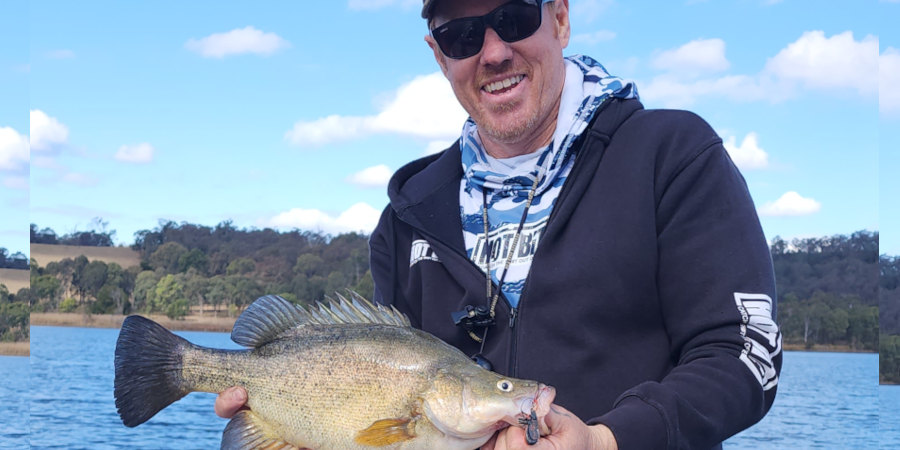
Conquering Cooby And Cressbrook Yellowbelly With Jason Ehrlich
Jason Ehrlich takes us to Cooby and Cressbrook Dams in search of yellas, and share a bunch of little known tips and insights along the way.
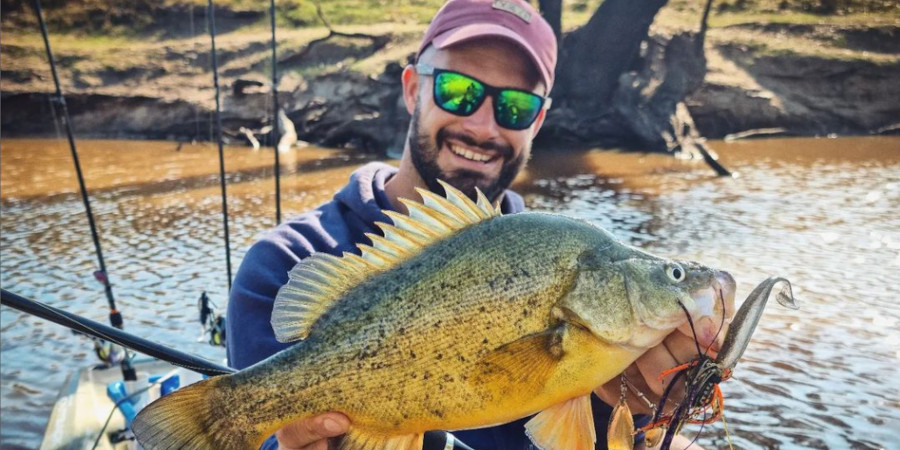
Episode 615: Wimmera Yellowbelly With Mitch McMaster
Victoria’s Wimmera region is a well kept secret when it comes to Australia’s freshwater natives. Fortunately, Mitch McMaster has them figured out and doesn’t mind sharing a few tips!
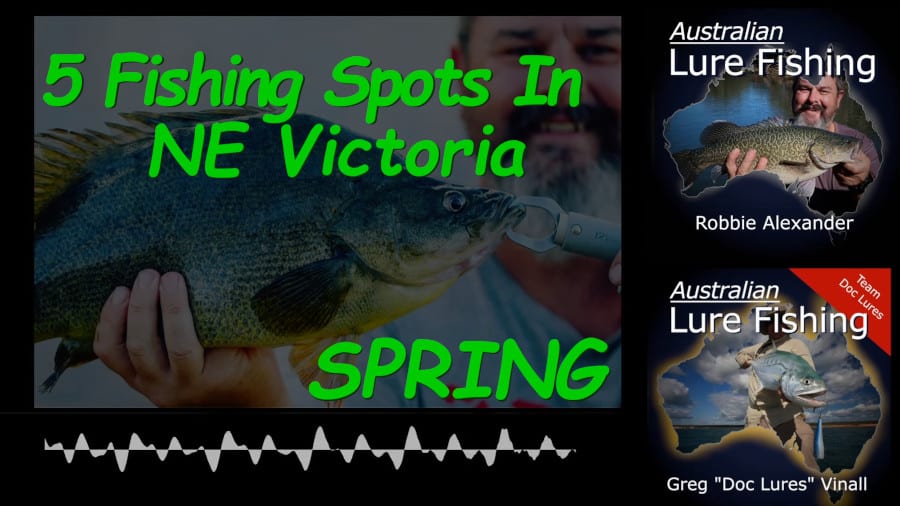
Episode 539: Top Fishing Spots In NE Victoria During Spring With Robbie Alexander
NE Victoria starts to fire up during the spring period and Robbie Alexander wastes no time taking advantage of the yellowbelly, cod, redfin and trout opportunities that become available. In today’s interview Robbie shares his best advice for top spring time fishing spots.
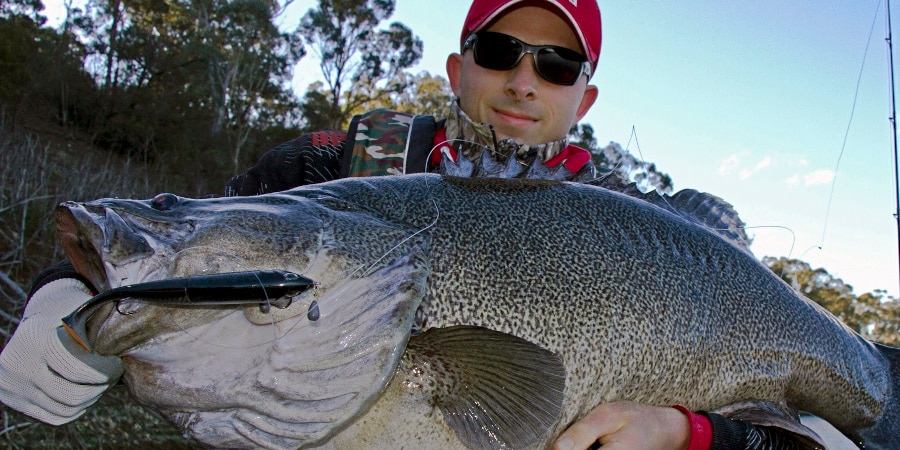
Episode 520: Five Best Winter Fishing Spots Around Canberra With Romen Dicovski
Winter fishing around Canberra might be a chilly affair, but the locals know it’s when some of the best fishing and the biggest cod, yellowbelly and redfin are caught!
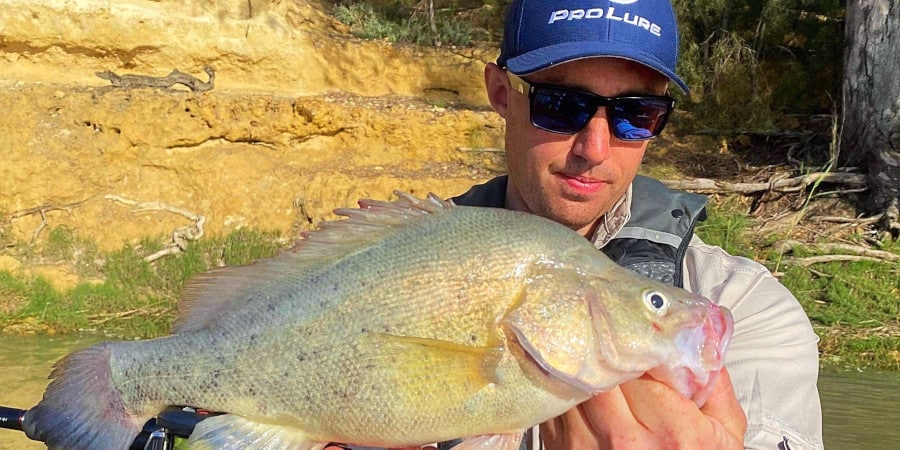
Episode 519: Five Best Fishing Impoundments In South Australia With Alex Williams
South Australia’s impoundment native fishery is relatively new but is shaping up to be something really special! Alex Williams takes us to the best five impoundment fishing destinations in SA today and explains exactly how to go about targeting some iconic aussie species.

Conquering Cooby And Cressbrook Yellowbelly With Jason Ehrlich
Jason Ehrlich takes us to Cooby and Cressbrook Dams in search of yellas, and share a bunch of little known tips and insights along the way.

Episode 615: Wimmera Yellowbelly With Mitch McMaster
Victoria’s Wimmera region is a well kept secret when it comes to Australia’s freshwater natives. Fortunately, Mitch McMaster has them figured out and doesn’t mind sharing a few tips!


0 Comments